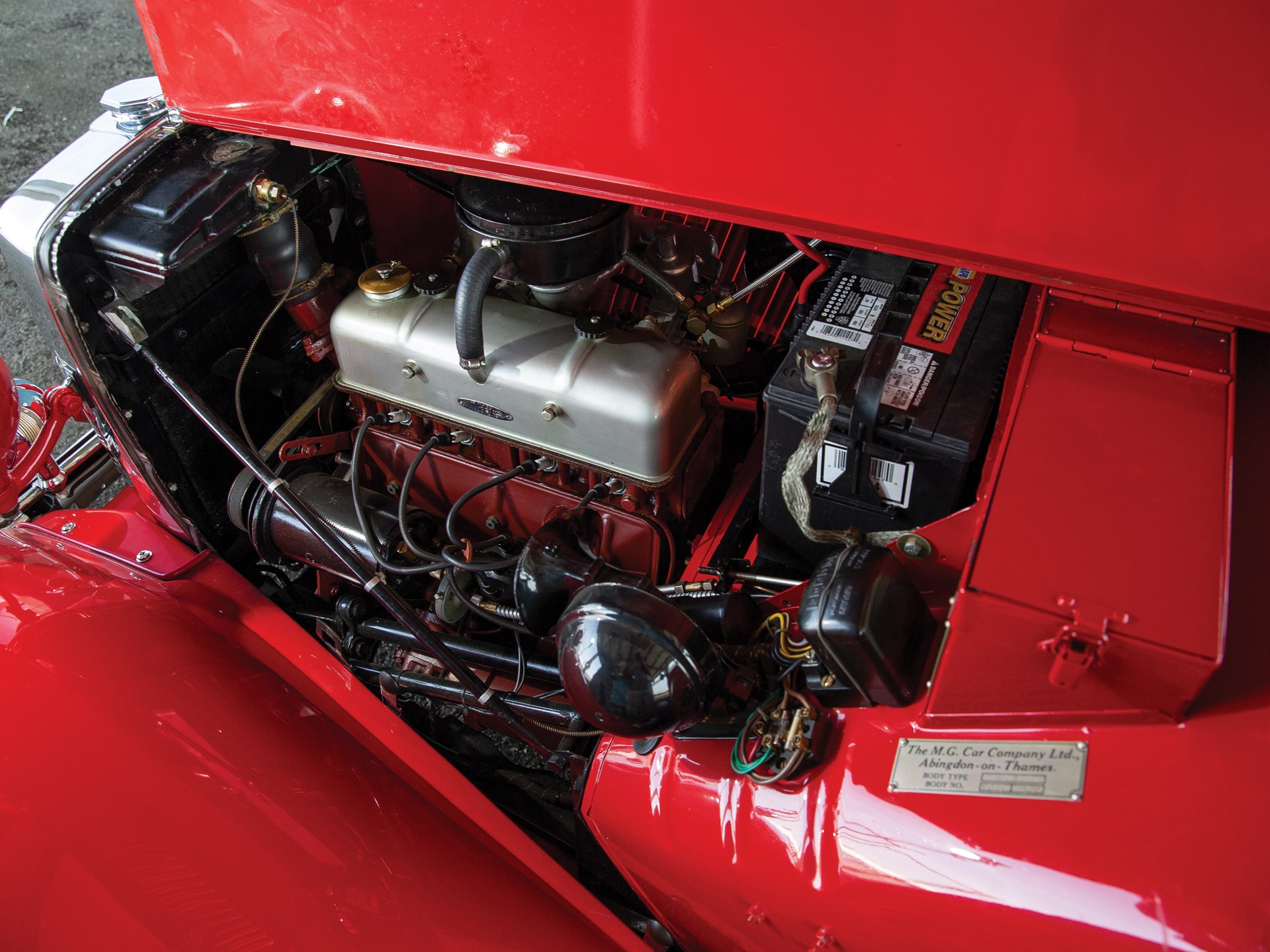MG TD values are slipping like an old clutch
Who knows if Mother MG has a favorite T-Series child, but we’re guessing it isn’t the TD—not that she’d ever tell. Sure, the 1950–53 TD is cute and all, but wedged between the more attractive and popular TC and TF is like being born into the Jackson family with mediocre pipes. You know what we’re talking about, right La Toya?
Produced from 1950–53, the two-seat TD British roadster has an Hagerty Vehicle Rating of 45, lowest among the T-Series cars. On the other hand, the TD isn’t all that far behind the TF (52) or TC (49).
So what does that mean? The Hagerty Vehicle Rating is a data-driven 0–100 scale that indicates what’s hot and what’s not. The HVR considers the number of vehicles insured and quoted through Hagerty, along with auction activity and private sales results. A 50-point rating indicates that a vehicle is keeping pace with the market. A rating above 50 indicates above-average interest in the market, while a vehicle with a rating below 50 is lagging. The HVR is not an indicator of future collectability, only a gauge of its current market standing.
Although it could be worse—the TD is close to 50—that number has been slipping for some time. Andrew Newton, Hagerty’s valuation editor, says the TD’s Hagerty Price Guide values have been dropping for three years. They’re down 1.6 percent in the latest HPG update. TDs actually peaked nine years ago, when a car in #2 (Excellent) condition was valued at $32,600. Today, a TD in the same condition is worth $28,200.




“TDs are something of a middle child between the TC and the TF, both of which are more desirable,” Newton says. “The TC is a purer design and was the original model credited with helping kickstart Americans’ interest in sports cars and road racing. And the TF is the last and most developed of the series—plus it looks better. The TD is the worst-looking of the three, as well as the most common. A lot of people are fine with spending a few grand extra for a more desirable TC or TF.”
Of course, longtime TD owners like northern Michigan photographer John Russell would disagree. He bought his 1953 TD in 1968 and has resisted restoring it for more than 50 years.
“I wouldn’t trade it for a TC or a TF,” he says. “It has great room, a (1953-only) three-bow top with one-hand operation, turn signals and indicators, and a (1952–53) water temperature gauge. Mine was built on July 14, 1953, about one month before the last one.
“I loved it when I got it, and I love it more now. Whenever I’m in that car I feel 19 again.”

Unlike Russell, Newton says today’s teens and 20-somethings aren’t buying. “Even though TDs are relatively cheap, they aren’t as popular with younger buyers as the low price might suggest. Unimpressive performance numbers, no practicality, and lack of reliability goes a long way in explaining this trend.”
For the record, the TD is powered by a 1250-cc four-cylinder engine that produces 54 horsepower and has a four-speed manual gearbox. If that’s just fine by you and you want to follow Russell’s lead, you can score a #3 (Good) TD for about $15,600. Newton says Hagerty’s valuation team hasn’t seen one sell for more than #2 money ($28,200) all year, and he notes that bringatrailer.com has never sold a TD for more than $20K.
“T-Series MGs are generally very fun, very raw little cars,” Newton says. “Things will break, but they’re simple and relatively easy to fix, plus parts are not all that hard to get. Because they’ve always been relatively cheap and they’ve been around for over 60 years now, condition varies wildly, from clapped out and barely drivable to high-dollar restorations. Unless you’re looking for a project car, go for the best-condition car you can find. Chances are it’ll still be pretty cheap.”








